F-35 cheaper than the Gripen?
The Royal Thai Air Force is considering the acquisition of new fighter aircraft, and favors the Lockheed Martin F-35. Among the arguments, in addition to its advanced technology, it is argued that it has a cheaper acquisition price than the Saab Gripen.
According to the Bangkok Post, Royal Thai Air Force Commander-in-Chief ACM Napadej Dhupatemiya spoke of the need for a new fleet of fighter jets, as the F-5 and F-16 have been in service for more than three decades, and as the aircraft age, maintenance costs and risks to flight safety are likely to increase.
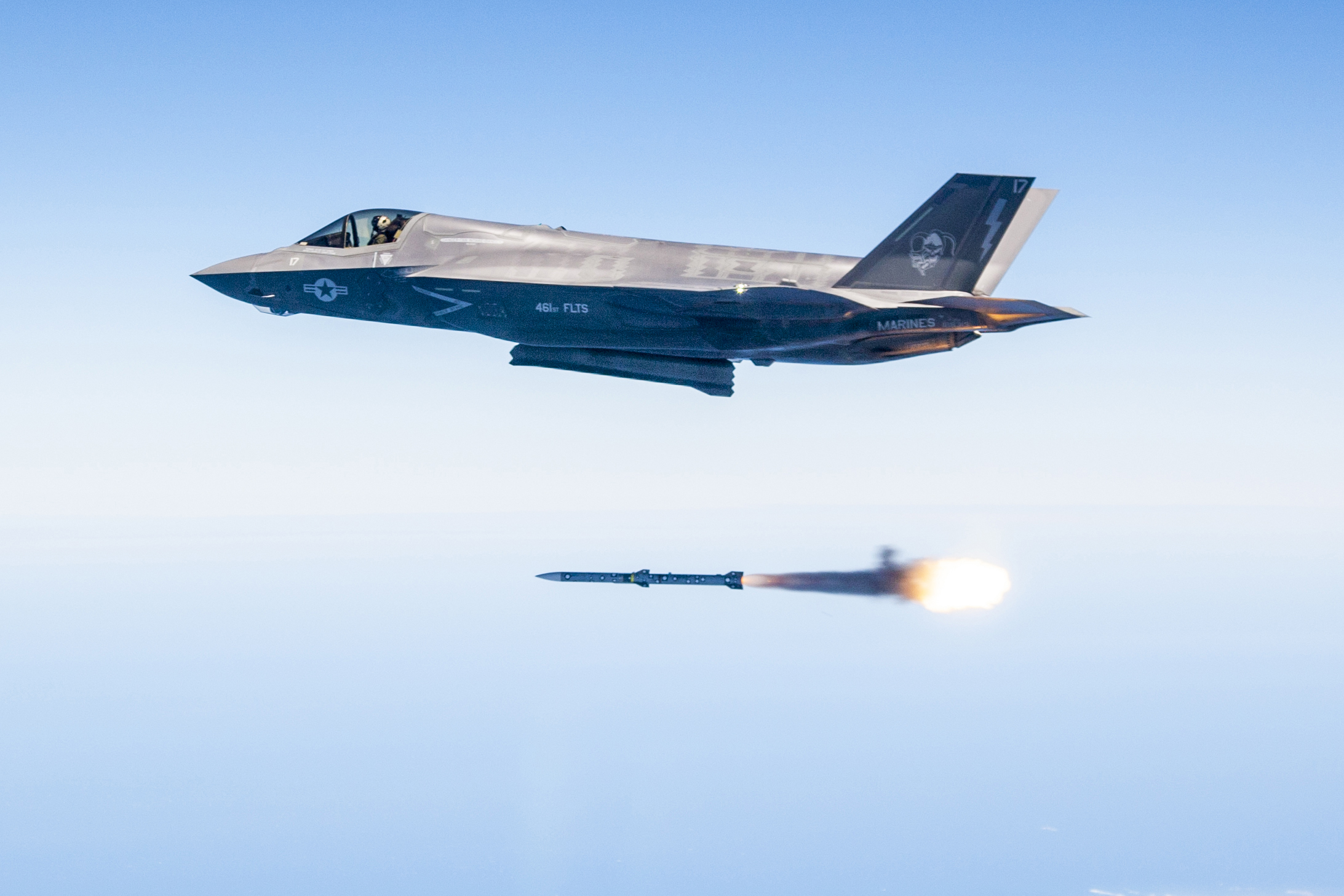
The F-35 Lightning II aircraft, made by U.S. defense giant Lockheed Martin, have become the better option now that costs have come down, as they have dropped to $82 million (2.7 billion baht) each, compared to $142 million for the model when it was first released, ACM Napadej said.
He added that the new Swedish-made Saab Gripen is priced at $85 million per unit, making the Lockheed Martin product more convenient and within the Air Force’s reach. He even stated that, depending on the negotiations, the unit prices of the F-35 can be reduced to a little more than 70 million dollars each.
Comparing recent F-35 prices
The price of USD 82 million per F-35A unit is close to what Lockheed Martin predicted the Lot 12 aircraft will cost. The same was on par with the USD 77.9 million for the Lot 14 aircraft, which is still far from the optimistic USD 70 million mentioned by Commander Napadej Dhupatemiya.

But beyond projections and wishful thinking, we can get a good idea of what the real price of the F-35A is from the Swiss and Finnish contracts.
Switzerland will pay USD 4.029 billion for its 36 F-35A Block 4s, giving an individual cost of almost USD 112 million for each aircraft.
Finland, on the other hand, will pay an acquisition price of USD 5,349 million for 64 aircraft (also F-35A Block 4), just over USD 83 million per unit.
The difference in price between what Switzerland and Finland are paying for their F-35s may be due to the number of aircraft purchased and the financing conditions. In both contracts, the published cost refers to the cost of the aircraft purchase, separate from the price of the armament package or the logistics and support package.
It seems unlikely that Thailand will get better purchase conditions than Switzerland or Finland, for so few units. Furthermore, the US has not yet sell even one F-35 to a country that is not a staunch ally (Japan, S. Korea, Australia or Israel) or outside Europe.
Why compare with the Gripen?
The Saab Gripen E/F is a modern and capable light fighter, generally considered to be one of the most economical exponents within the 4.5 generation combat aircraft. Unfortunately there is no up-to-date, publicly available information regarding the purchase price of a Gripen E, but USD 85 million is a number repeated on various websites, and it sounds reasonable.
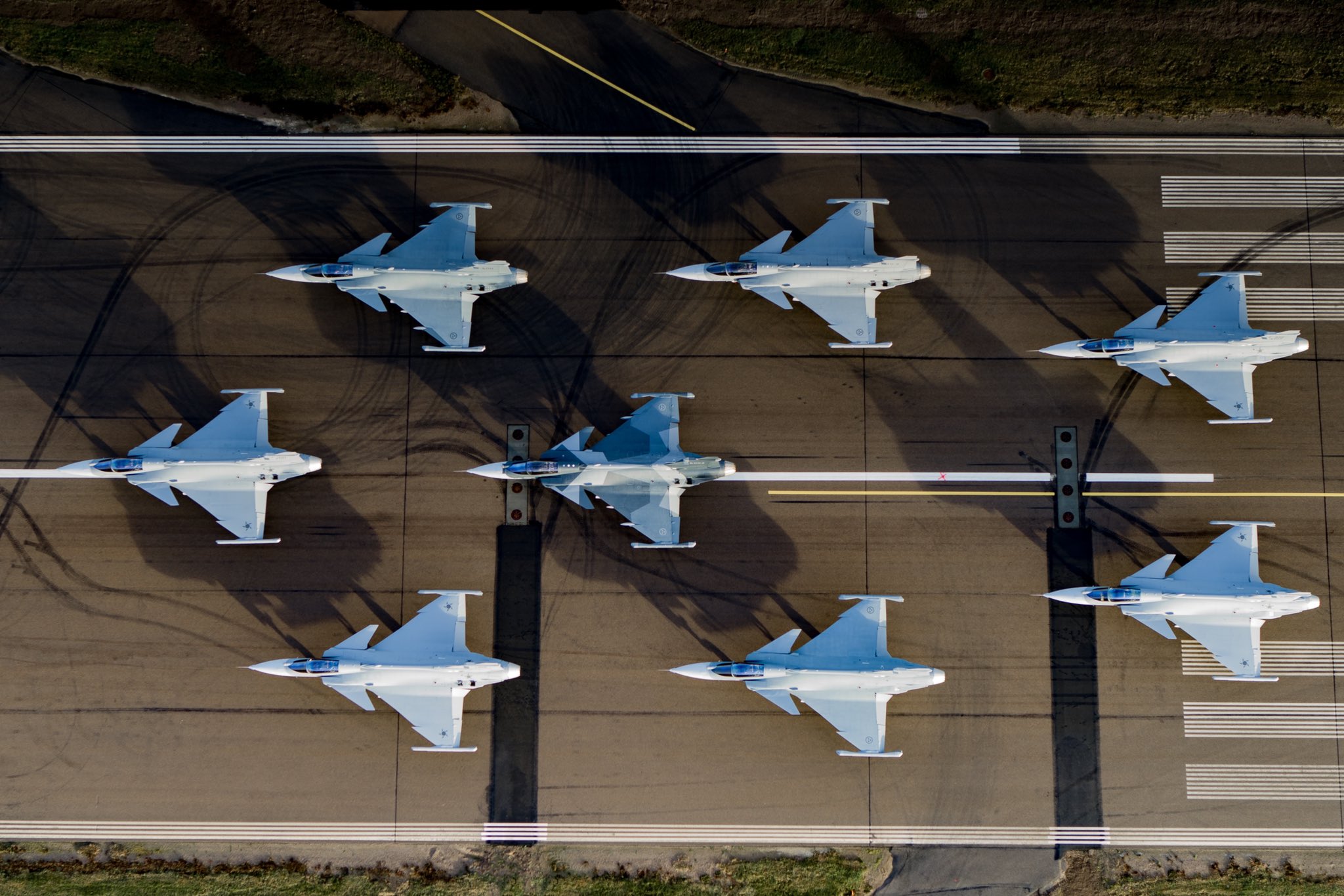
What we do know a little more about is the cost per flight hour, which is around $8,000. The USAF establishes a current cost per flight hour for its fleet of F-35As at $33,300, or slightly less. Therefore, compared to future F-35 lots, the Gripen would have slightly higher purchase price, but significantly lower flight hour costs.
However, both the Swiss and Finnish authorities argued that the F-35 was the best cost/benefit investment, if its full life-cycle economics were taken into account.
In fact, the Finnish Government’s report on the HX competition, where Girpen E participated and Lightning II won, states that no bid was significantly less expensive than others in terms of operation and maintenance costs.
Not only F-35 but also Loyal Wingman
Commander-in-Chief Napadej said the Air Force is also interested in the latest modern air warfare technologies, especially those involving the Loyal Wingman, an unmanned combat air vehicle.
Developed by the Royal Australian Air Force and Boeing, the unmanned aircraft flies teamed with other piloted aircraft to provide support and can be equipped with different weapons and sensors.
«We don’t need a full fleet of F-35 aircraft. We can use only eight to 12 and use drones to fly alongside manned aircraft.» «This will help save costs. This is relatively new, but these technologies are likely to develop quickly» commented ACM Napadej.
Under the plan, the new fighters will be deployed from the Nakhon Ratchasima-based 1 Wing, from which F-16A/B aircraft currently operate.

/https://aviacionlinecdn.eleco.com.ar/media/2021/06/F-35-Paises-bajos-scaled.jpg)
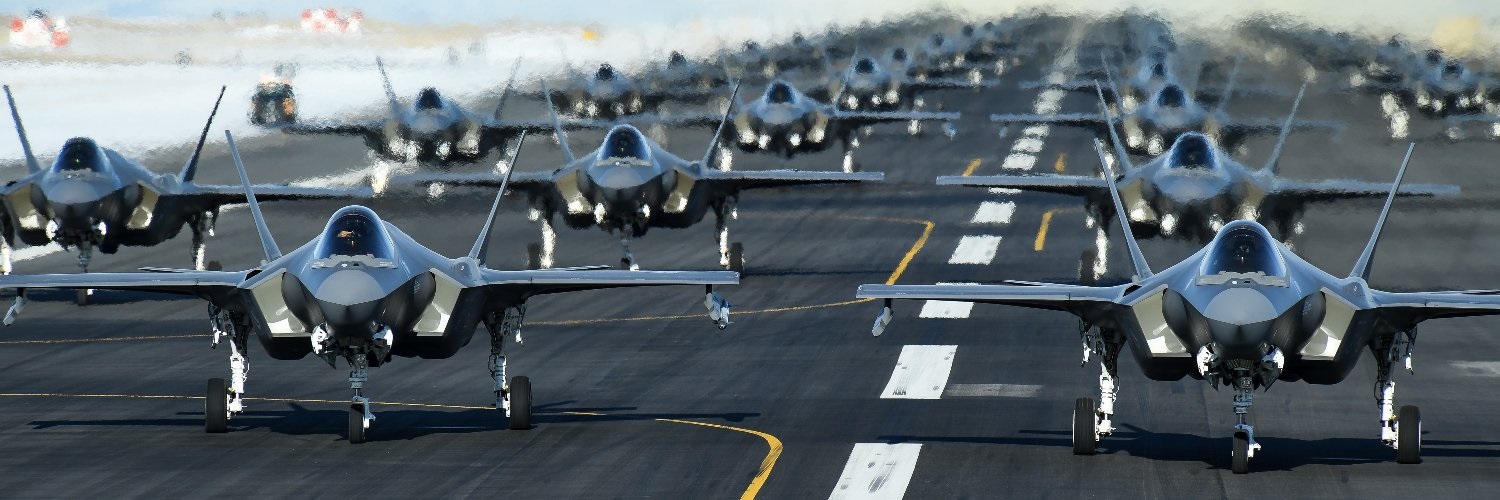
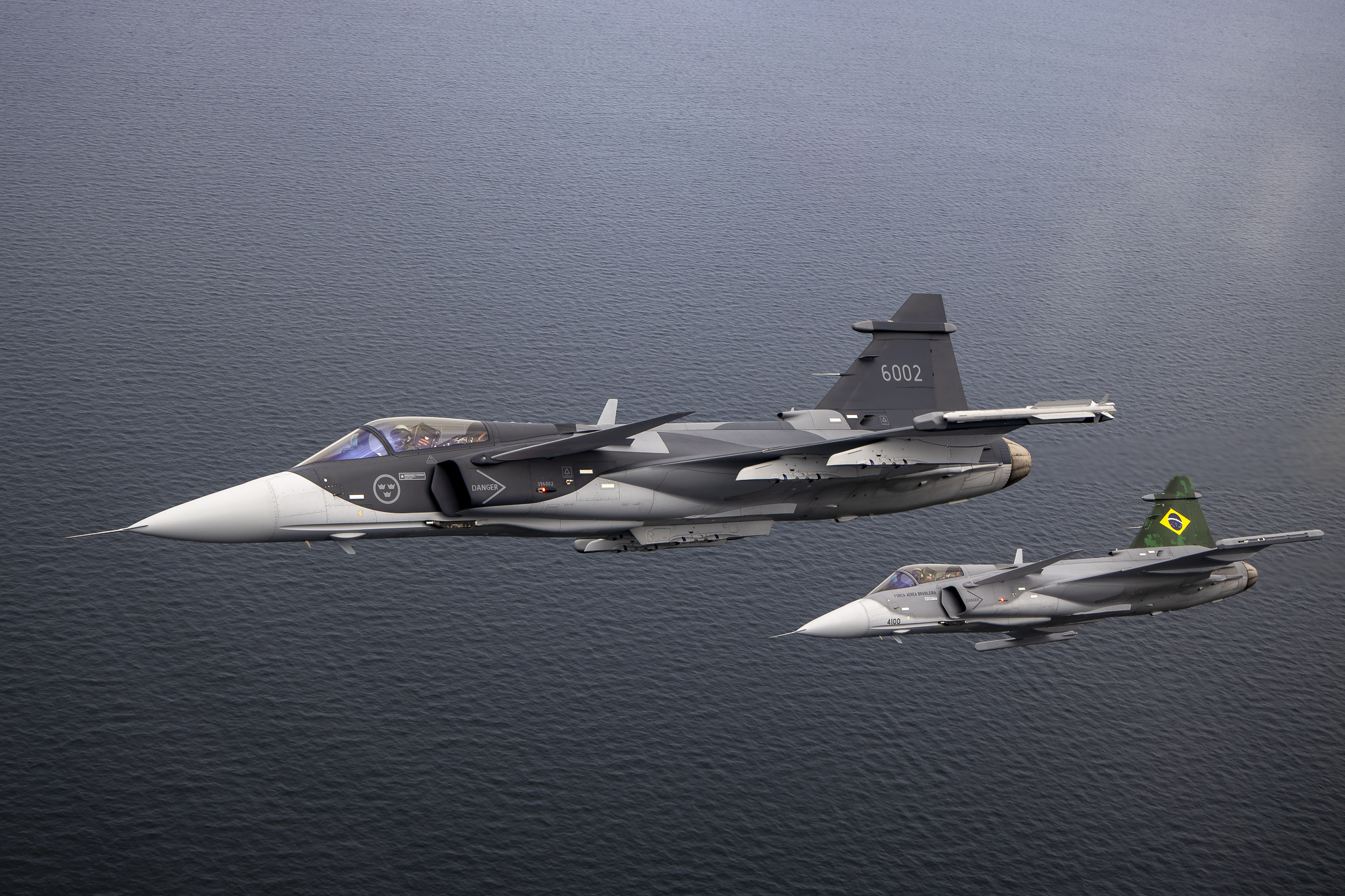
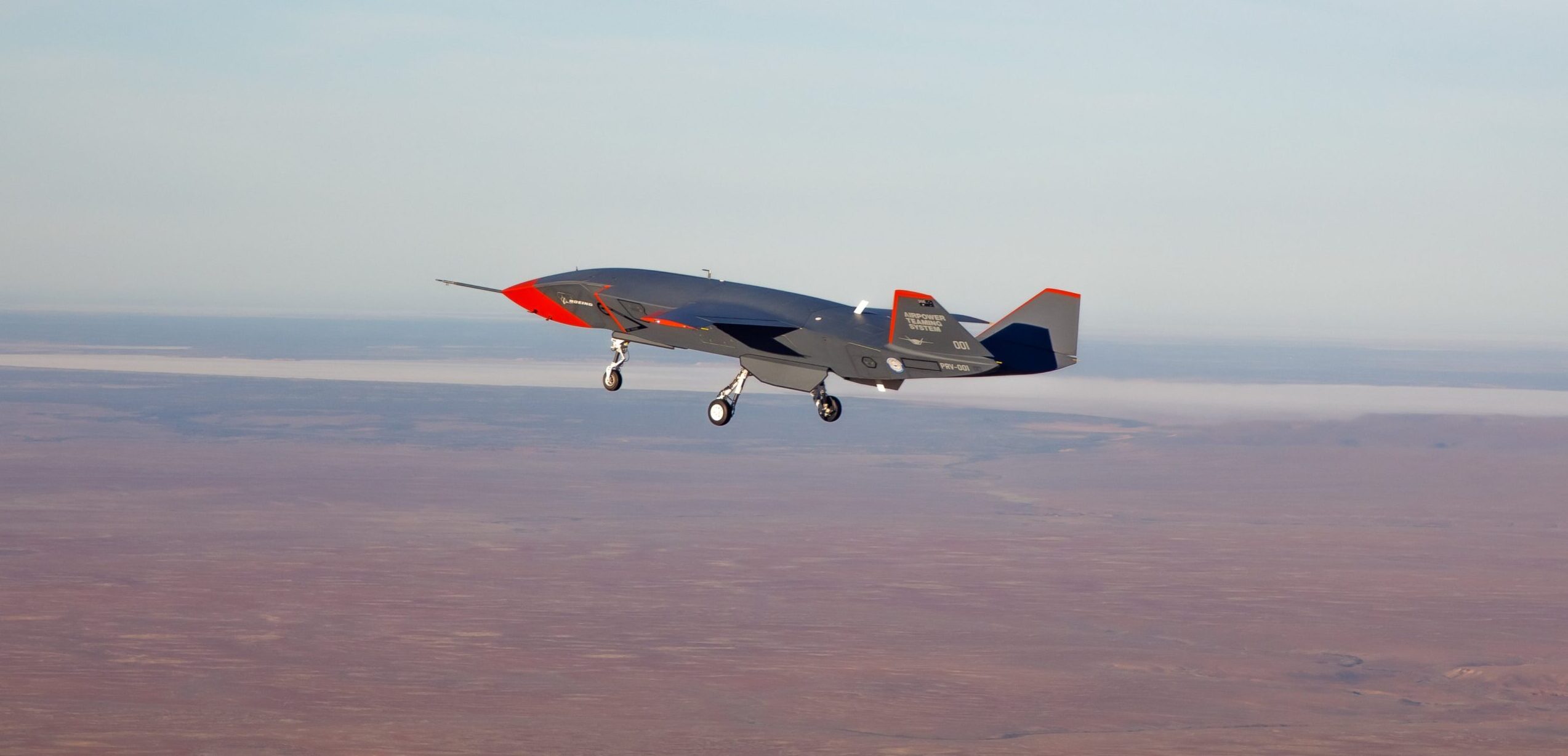
Para comentar, debés estar registradoPor favor, iniciá sesión